The original Pelikan Fountain Pen, Model 100 was supplied by Z. Ziembicki (1880-1954) Company of Kraków, Poland. Owned by my Father-in-Law, as a student of the Faculty of Law at the Jagiellonian University in Kraków, Poland over 90 years ago.
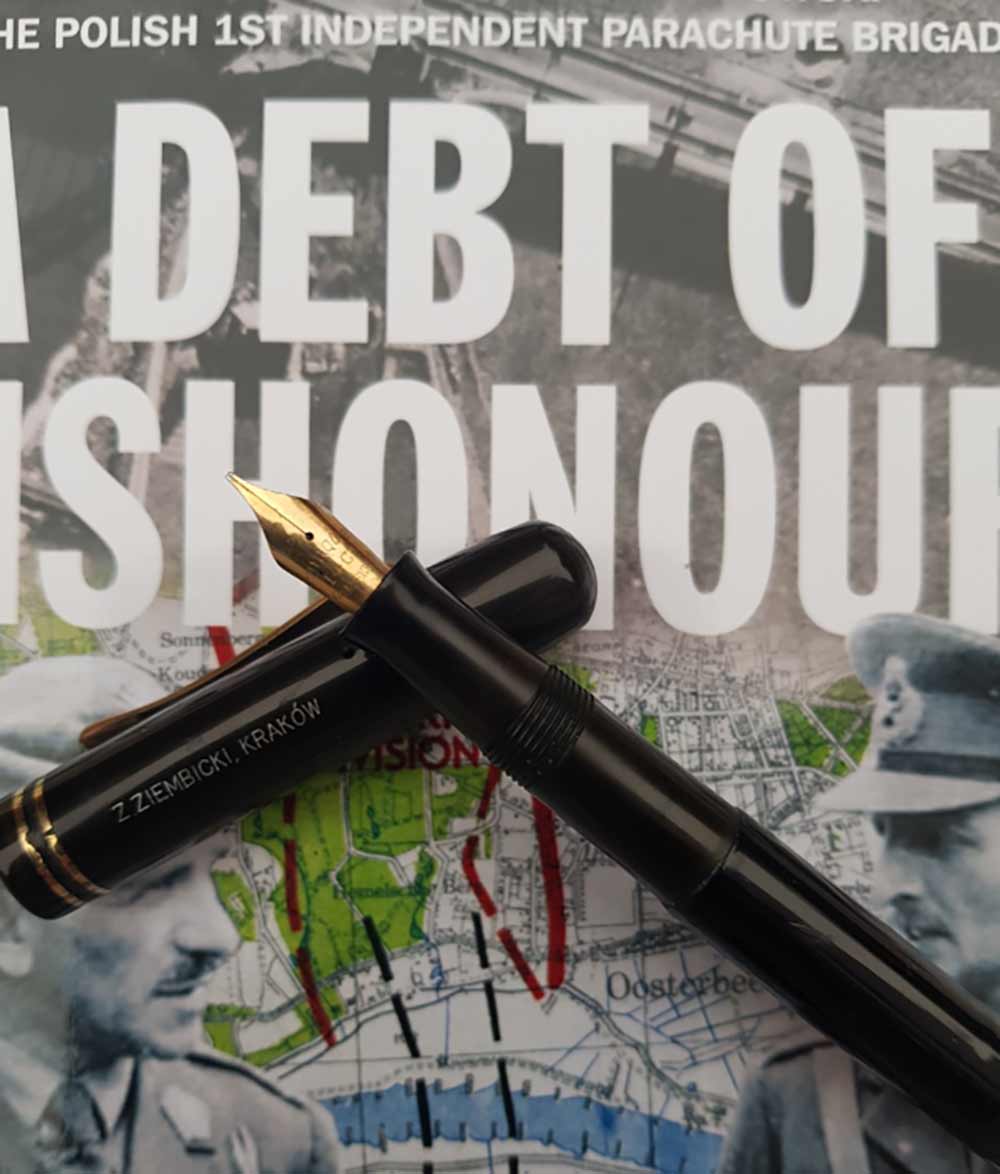

The Combat Trail of Pelikan Pen Model 100 owned by Polish officer since new, whilst at Jagiellonian University in Kraków in Poland. In 1939 via Syria, Alexandria, North Africa (Battle of Tobruk and “Desert Rats”) with KARPACKA Brigade, then later to 2nd Polish Corps in Italy (Battle of Monte Cassino, Battle of Bologna) and back to Liverpool, England.
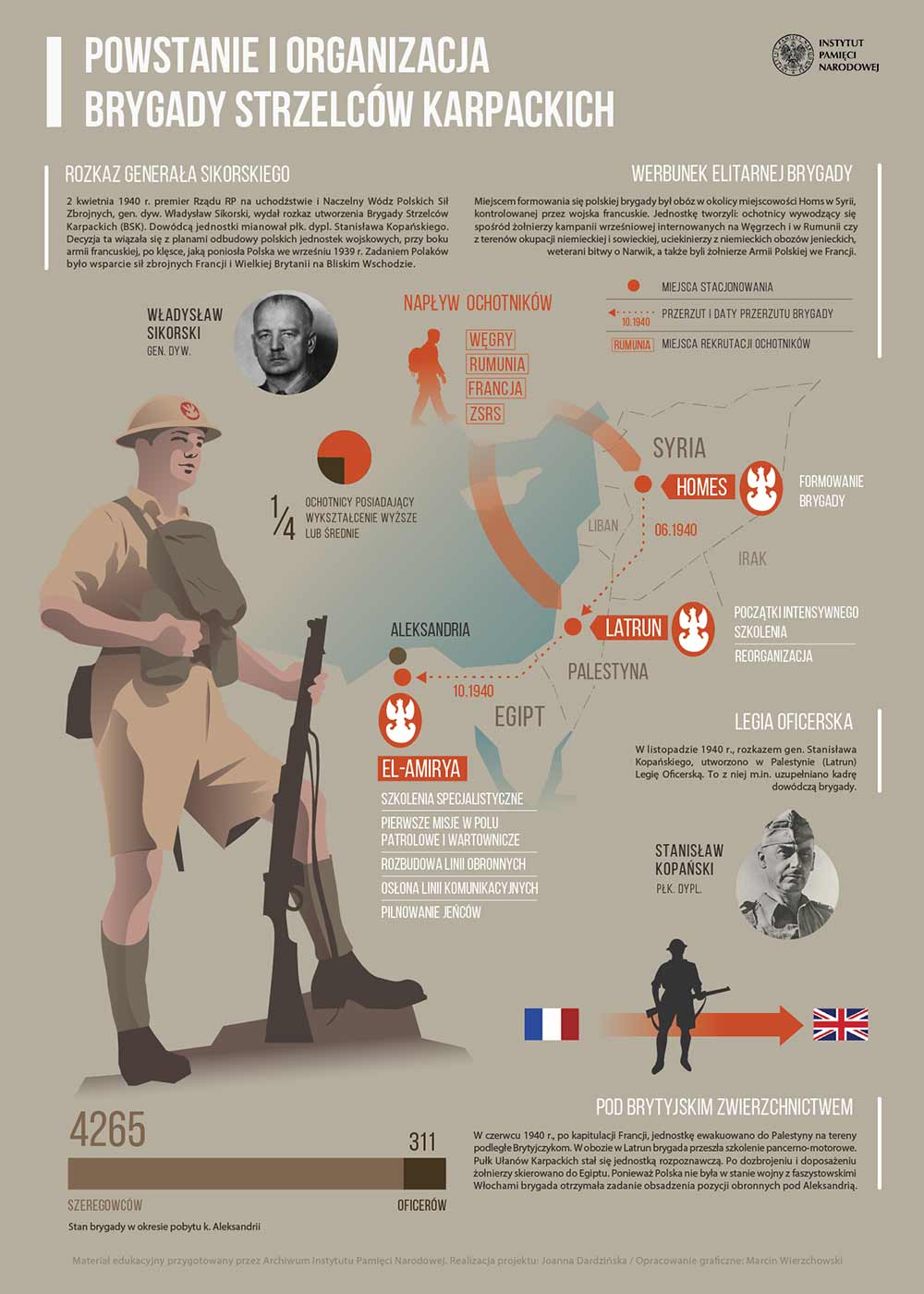
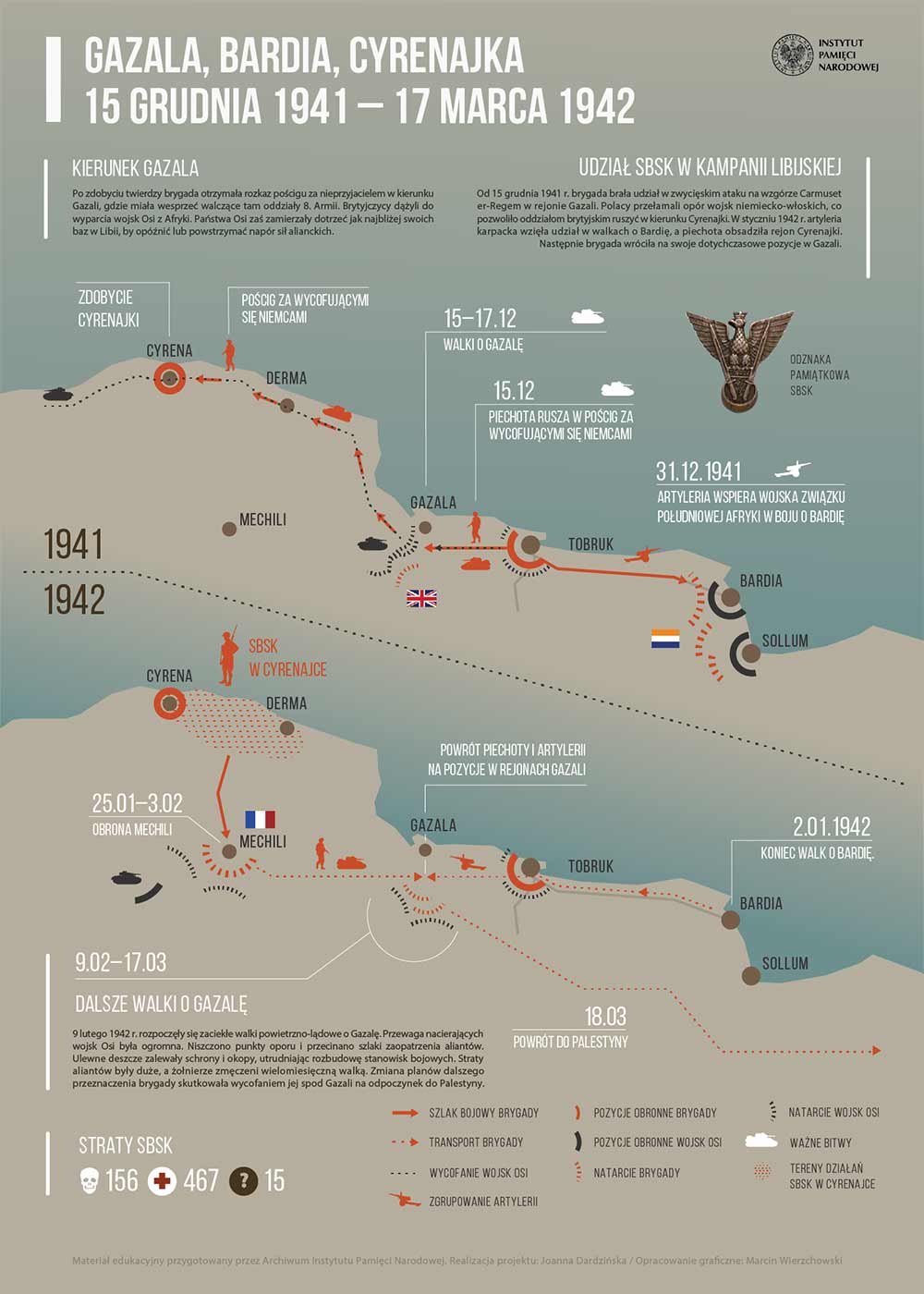
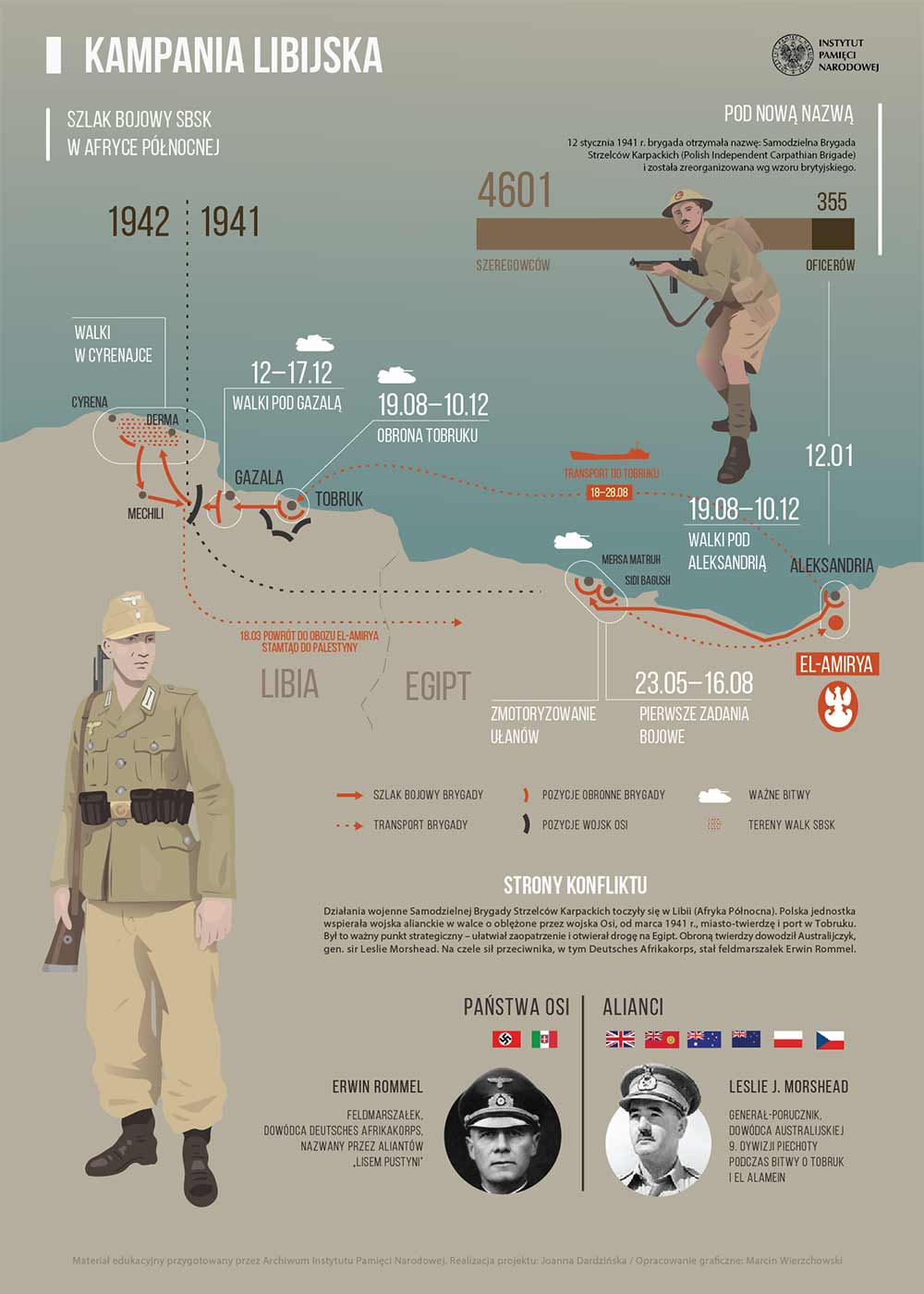
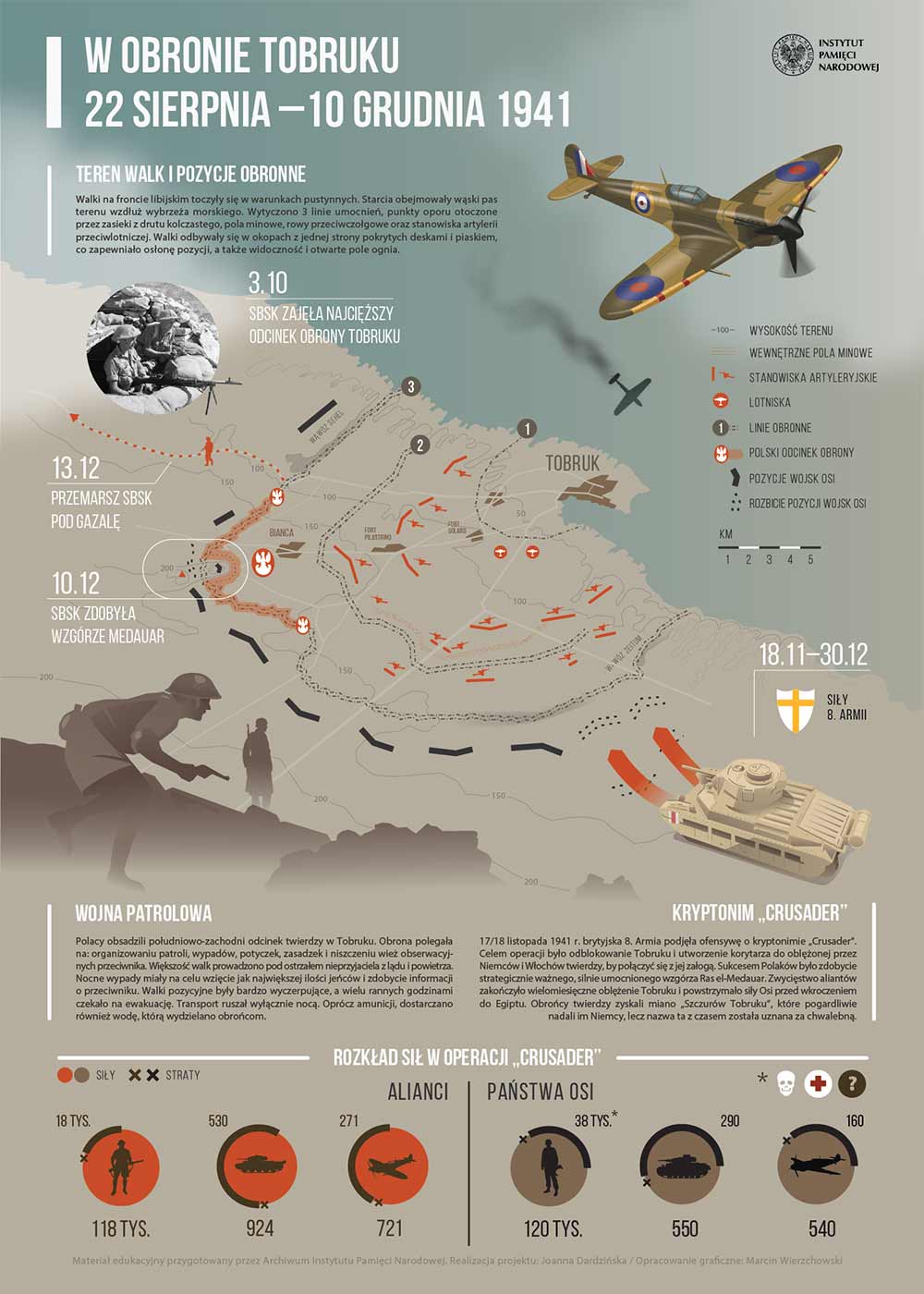
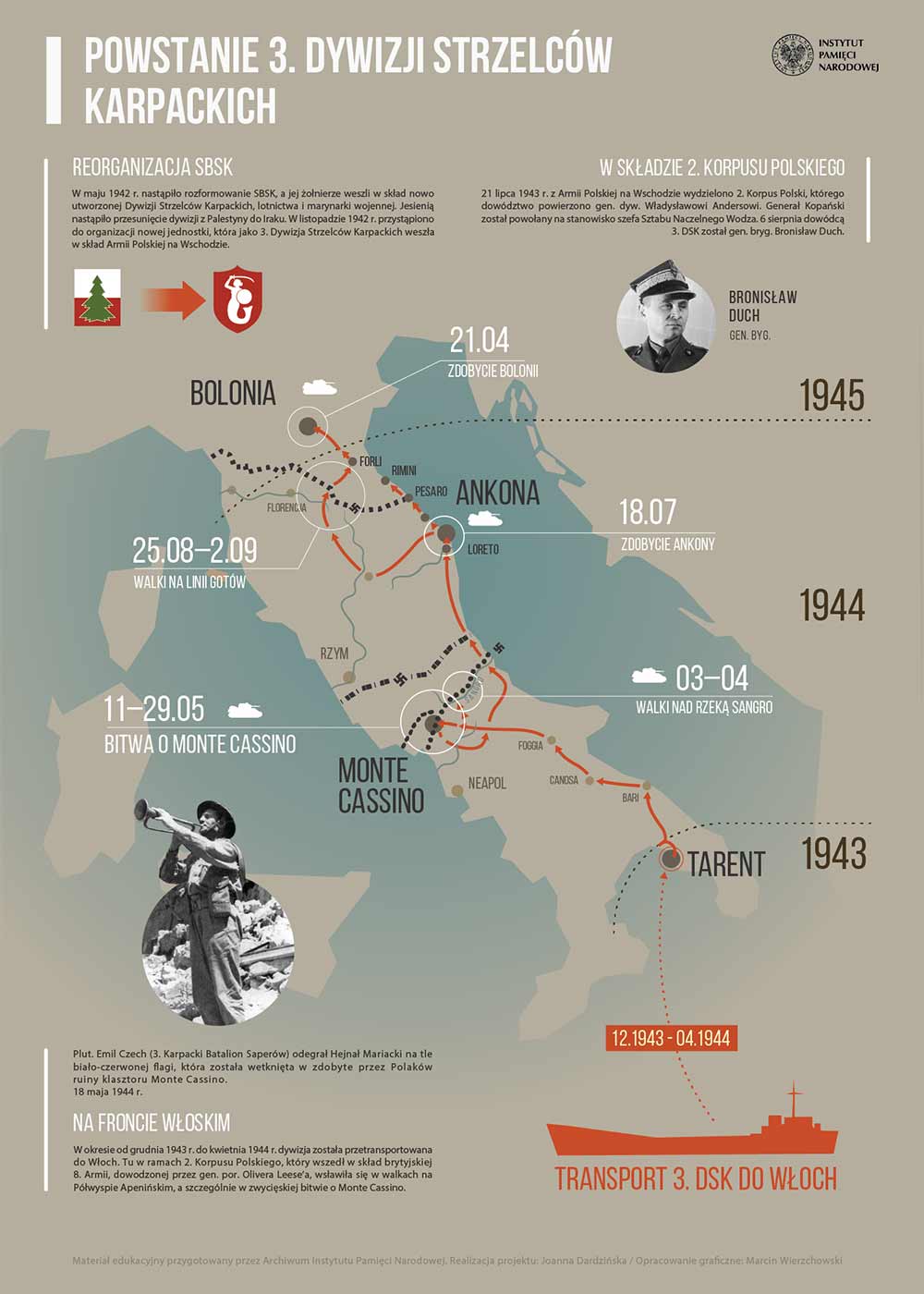
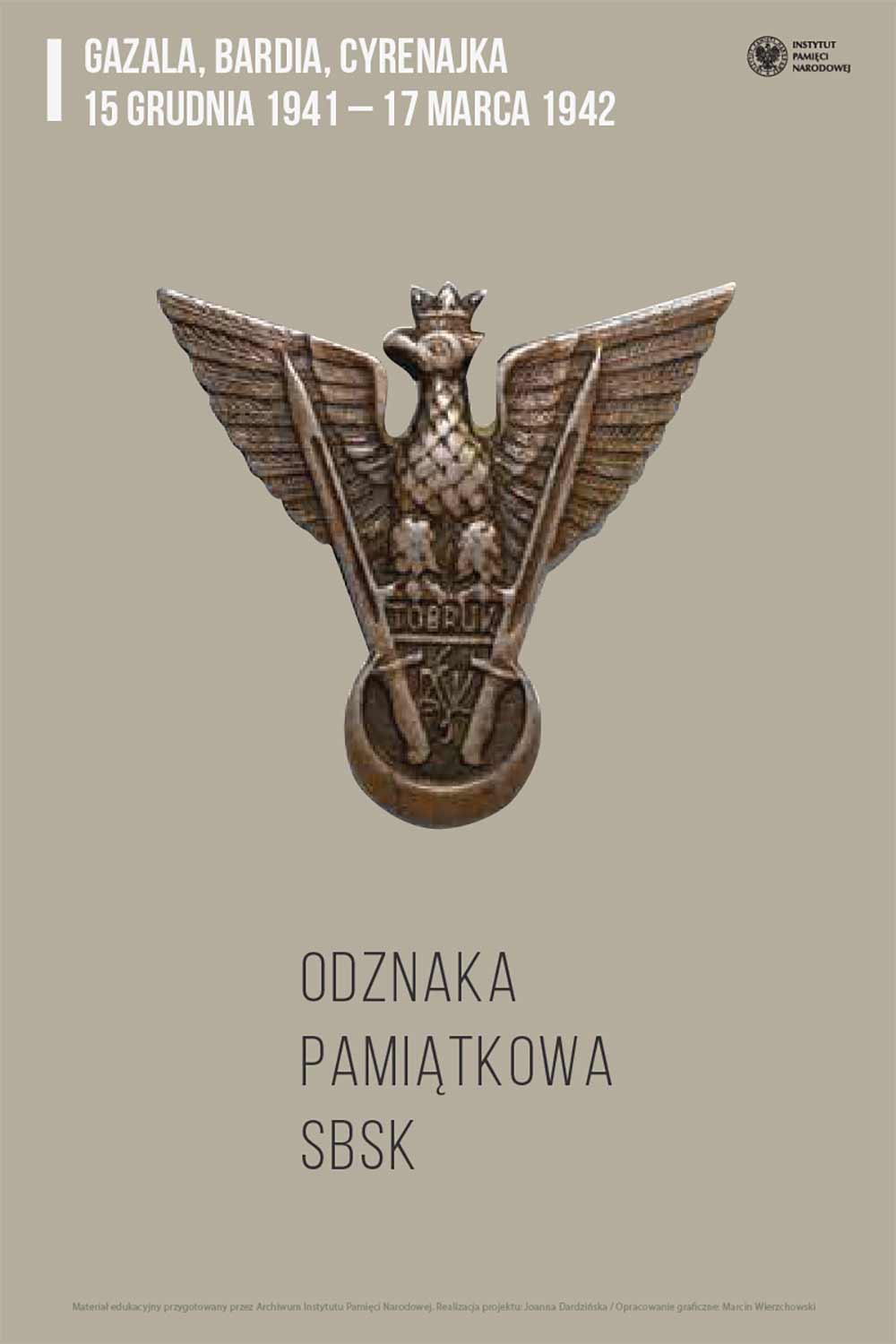
Six above images are courtesy of IPN Warsaw.
1st September 1939 Hitler, Germany and Stalin, Soviet Russia 17.09.1939, both invaded Poland. He transferred via Romania, Hungary to Syria and joined Karpacka Brigade under General Kopański. Syria was still under French control, after fall of France transferred to Alexandria 10.10.1940 as a part of British Allied Force. Gazala, Defence of Tobruk – “Desert Rats” (19.08.1941-10.12.1941) in North Africa 1941-1942. 3 DSK transferred by sea to Italy (April 1944 to Tarente), Victorious Battle of Monte Cassino, 11-29.05.1944), Liberation of Ancona and Bologna. Polish losses in Italian Campaign were massive with over 4000 soldiers killed. Then return to England via Liverpool in 1945.

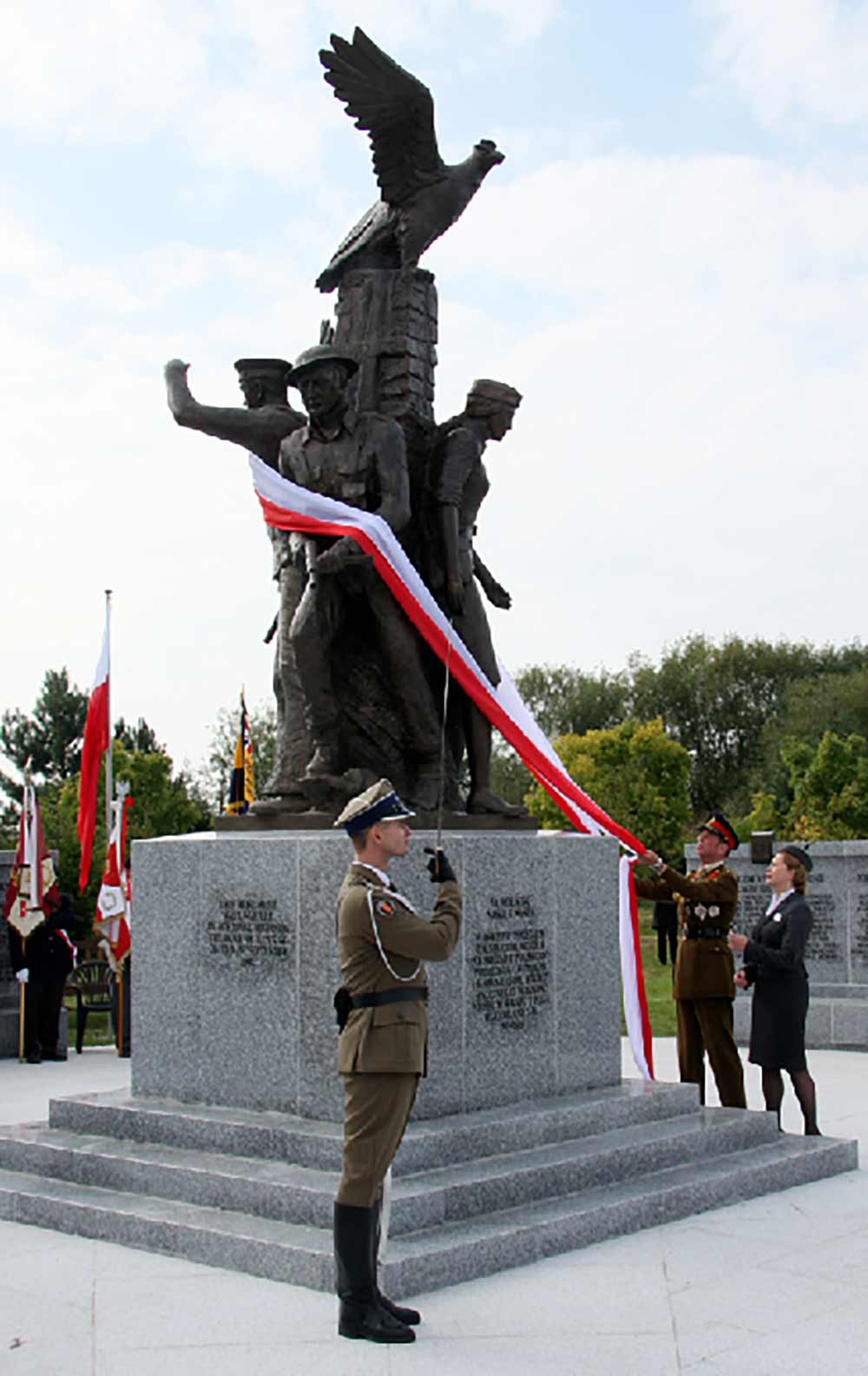
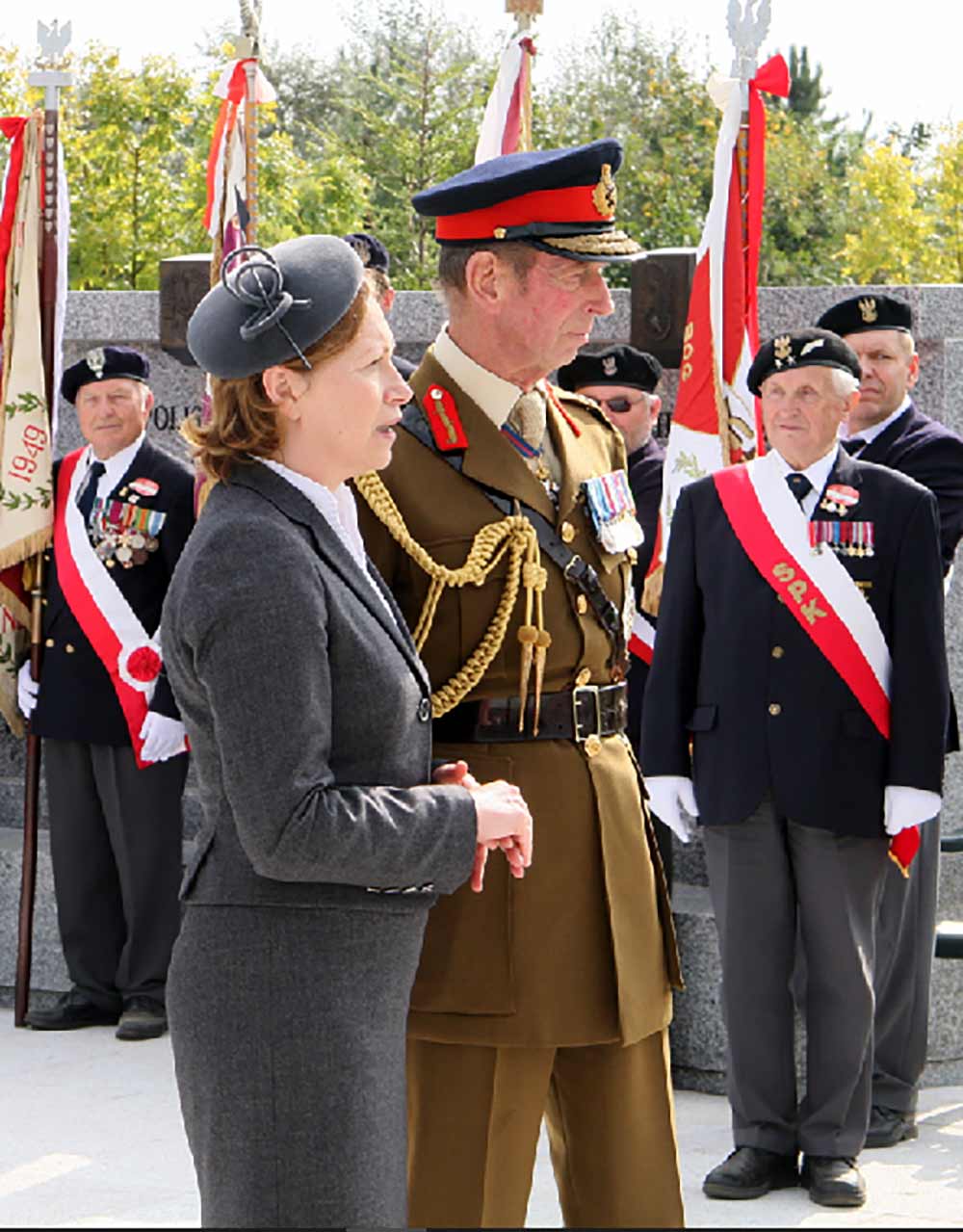
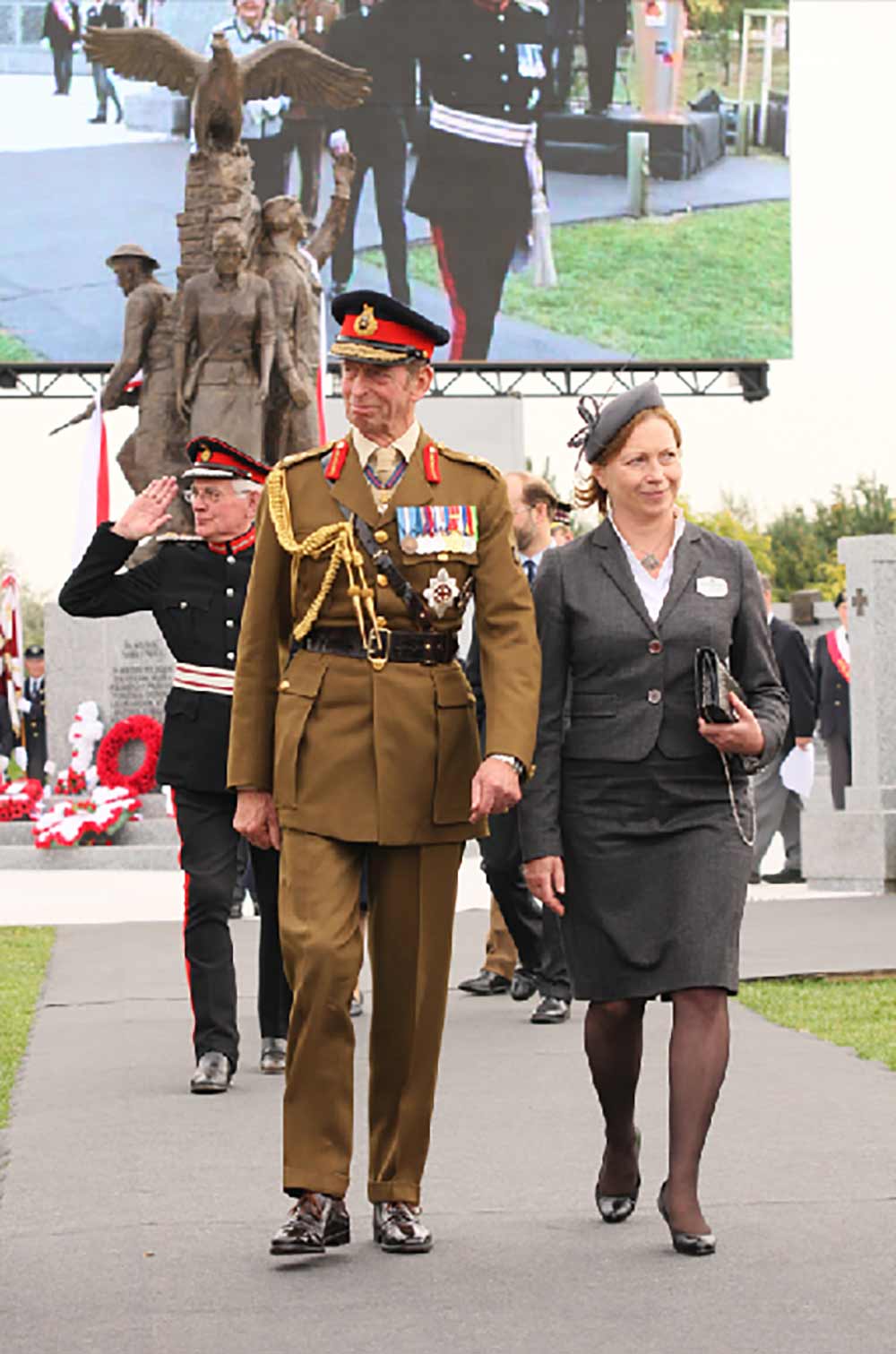
The 19th September 2009. “I feel deeply honoured to have been asked to unveil the Polish War Memorial, and thus to pay tribute to the gallant Polish men and women, both civilian and military, who gave their lives in World War II in the cause of freedom.” HRH The Duke of Kent KG. Our “WWII veteran” Pelikan 100 pen was in my pocket.

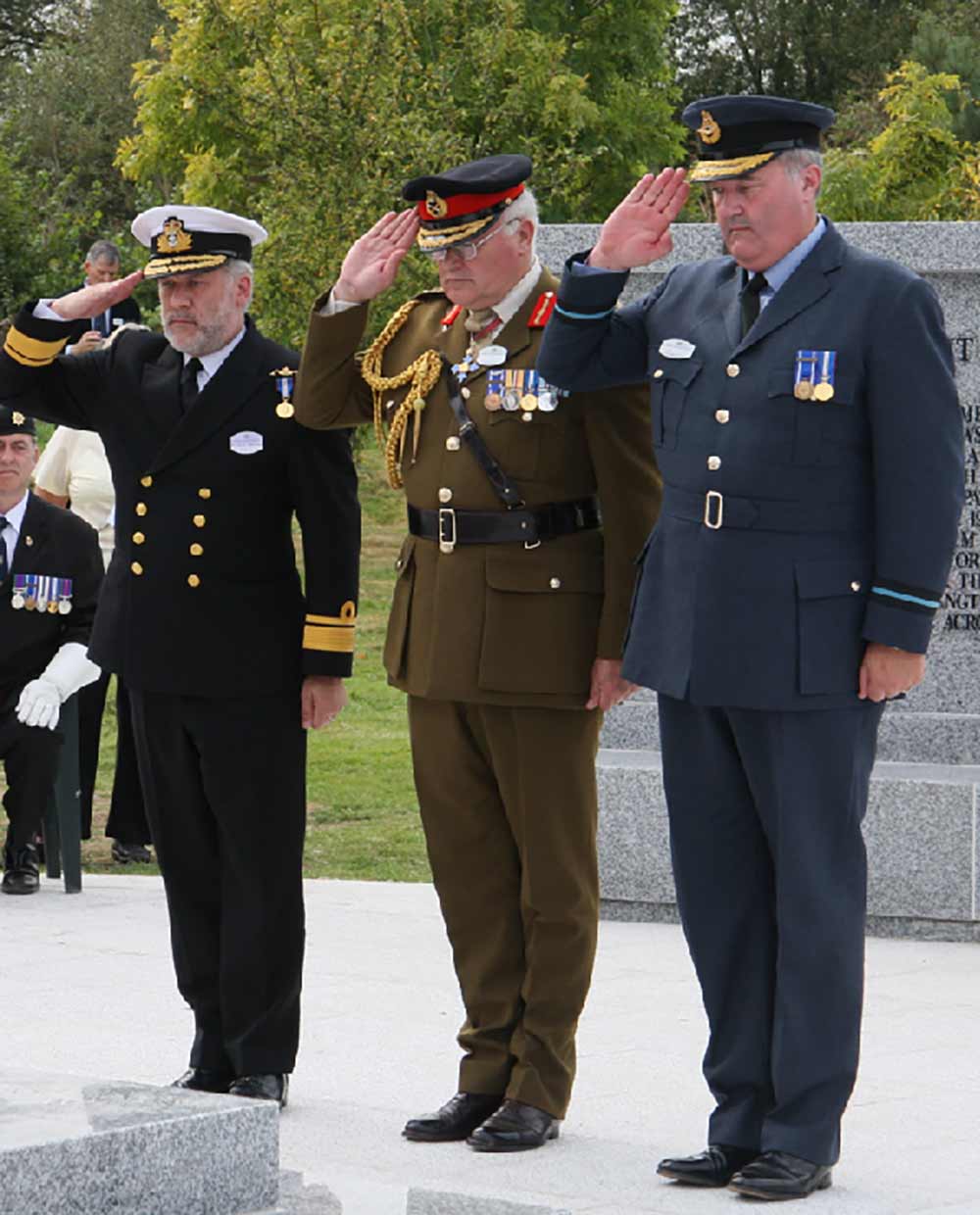

The original Pelikan Fountain Pen, Model 100 as shown above, supplied brand new by Z. Ziembicki Company from Kraków, and owned by my Father-in-Law, Antoni as a student of the Faculty of Law of the Jagiellonian University in Kraków over 90 years ago. In September 1939 German Gestapo and SS arrested his father, and later his mother for “anti-German activities”, and the rest of the family had to escape the Nazis. Antoni had to make a quick escape for fear of his own imminent arrest. He escaped through the Slovak border going to Zagreb, Budapest, Beirut into Syria, where he joined the newly formed Allied Polish Forces. They were transferred to Northern Africa. Then he moved into Palestine and later to Tobruk with Carpathian Brigade under General Kopański (famous Desert Rats), and to various army outposts moving finally to II Polish Corps in Italy (Gen Anders, Battle of Monte Cassino), in 1945 returning by ship to Liverpool and settling in London, including with him his precious pre-war Pelikan Fountain Pen Model 100, happily remaining with him from his pre-war happy student days in Kraków to the end of his natural life. Our own 1933 Pelikan 100 Heirloom is functional and still in service.
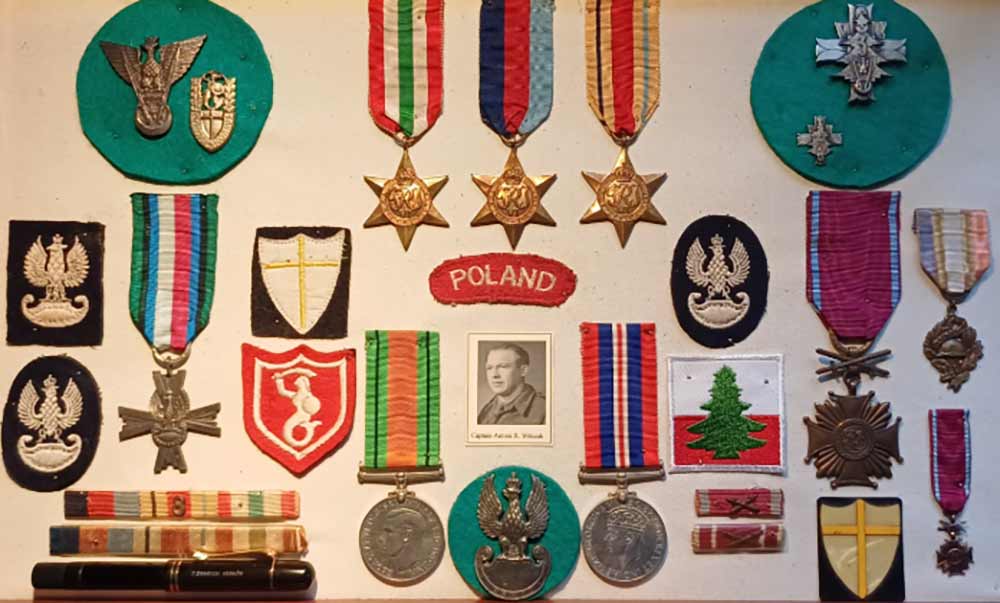
If the Pelikan 100 fountain pen could talk….the military history of WWII since the 1st September 1939-5th May 1945 including: The Africa Star, The Italy Star, The 1939-1945 Star, The George VI War Medals 1939-1945: The War Medal and The Defence Medal, The Polish “Karpacka Brigade” and the Polish II Corps, The 8th Army, French military medal and Polish Cross of Valour, Polish Tobruk & 3 DSK badges.
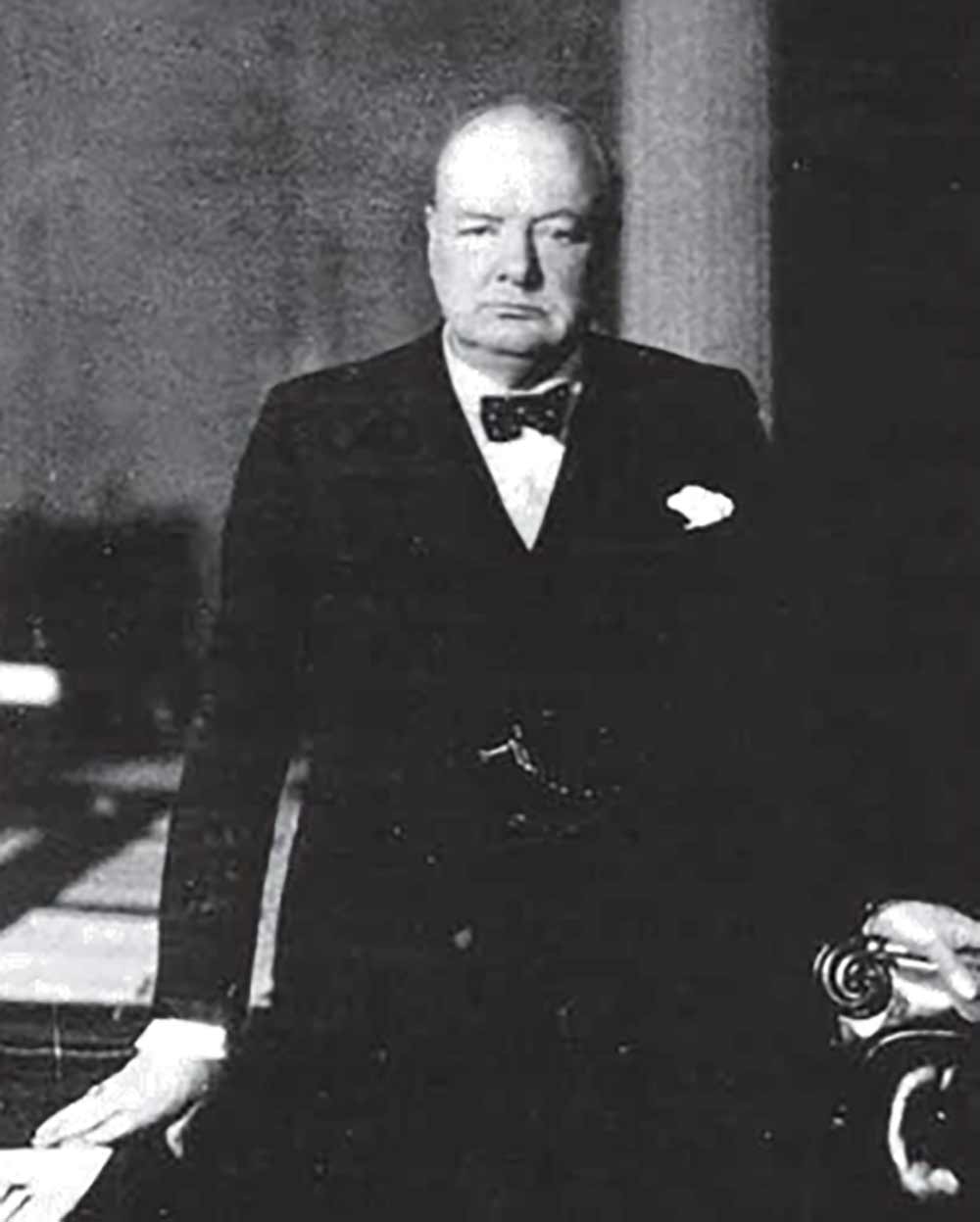
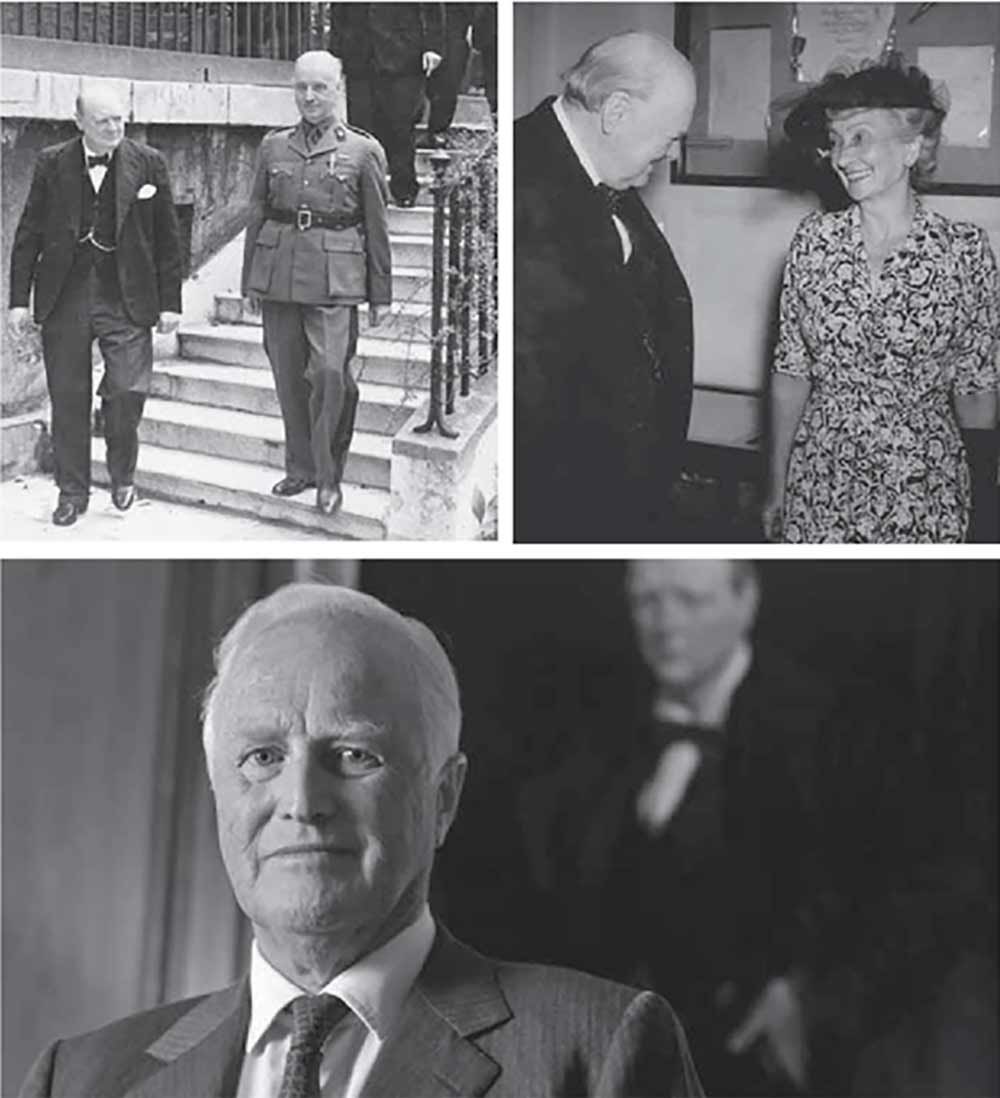
Picture above on the left is personally signed: “For my friend and comrade General Sikorski from Winston Churchill, January 31st 1942”. On the right: Sir Winston Churchill with General Wladyslaw Sikorski at Downing Street, Sir Winston Churchill with Mrs Helena Sikorska, General Sikorski’s wife and Winston’s S. Churchill grandson of Sir Winston Churchill picture personally send to the author in the summer of 2009: “The Polish people and nation will forever hold a warm place in British hearts.”
The Service Repair Report on Pelican 100
as received on 08.04.2023 from Scotland
Pelikan 100 manufactured from 1930-1938 with Black Hard Rubber Cap and Barrel.
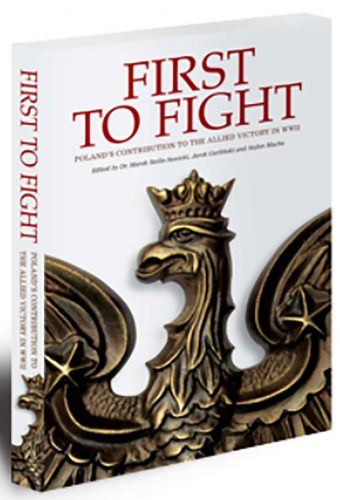
The pen has been fitted with a new cork and Viton rubber piston seal which will last for many years. With the pen nib in ink, the turning knob is moved anticlockwise to empty than when resistance is felt move clockwise to fill.
Nib is a replacement UNIQUE brand nib, very soft and flexible.
The cap lip has also been replaced from a sacrificial Pelikan pen cap. This is one of the most difficult pen jobs to do, and to be perfectly honest I am not 100% satisfied with the job that I have done here, if your feelings are the same that work is not to the standard you expected. I will happily refund you the £35 you paid me for the task. Let me know and I will forward a cheque to you. Ink used here and now to be flushed clear from the pen for you to fill and use is a mixture of Diamine and vintage inks.
Mr. Eric Wilson
Edinburgh, Scotland
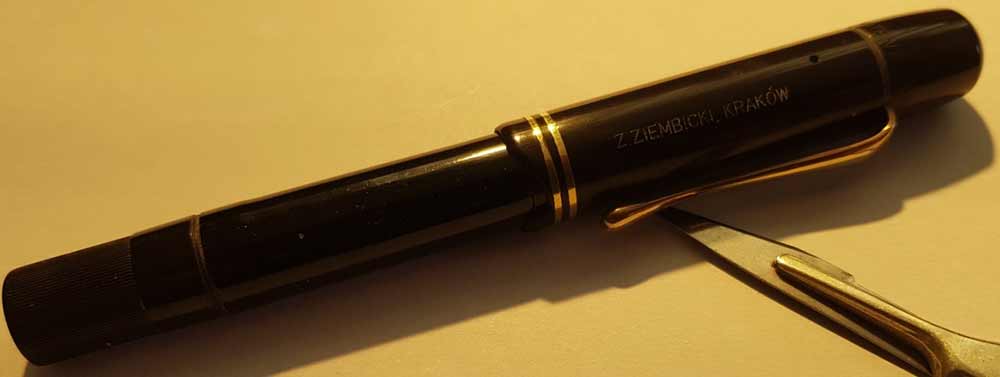
Pelican Model 100 before critical repair operation (cap lip repair) and full pen service by Mr. Eric Wilson in Edinburgh. Below: University Jagiellonski, Collegium Novum in Kraków.
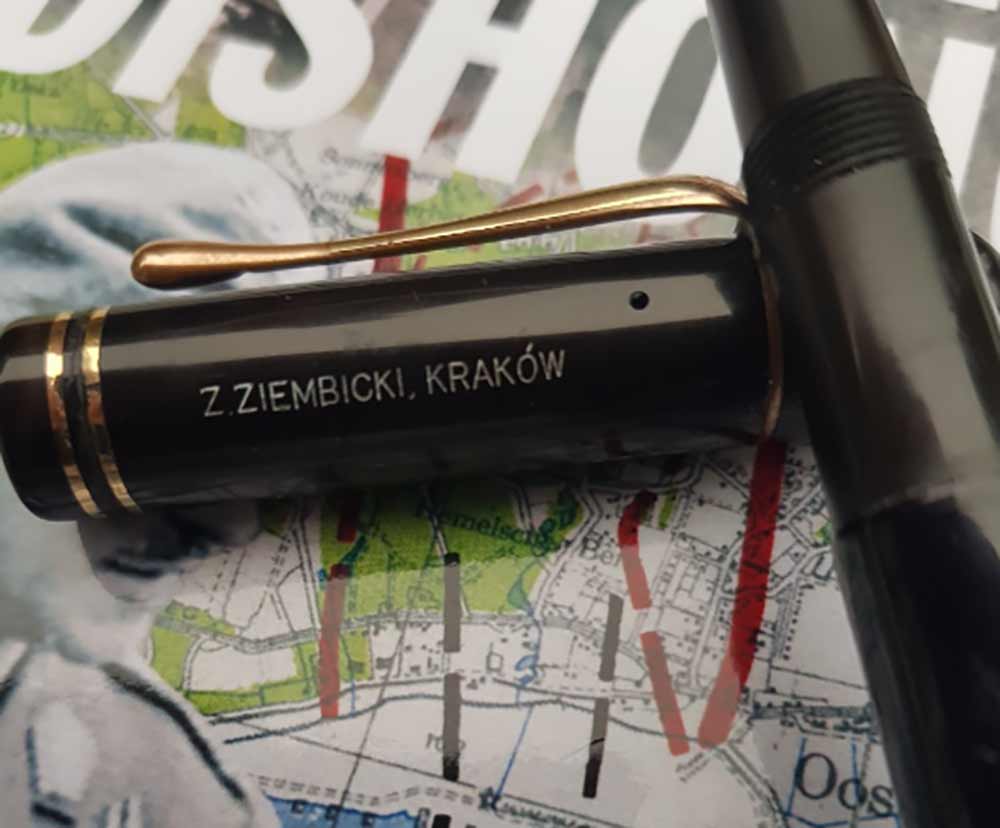

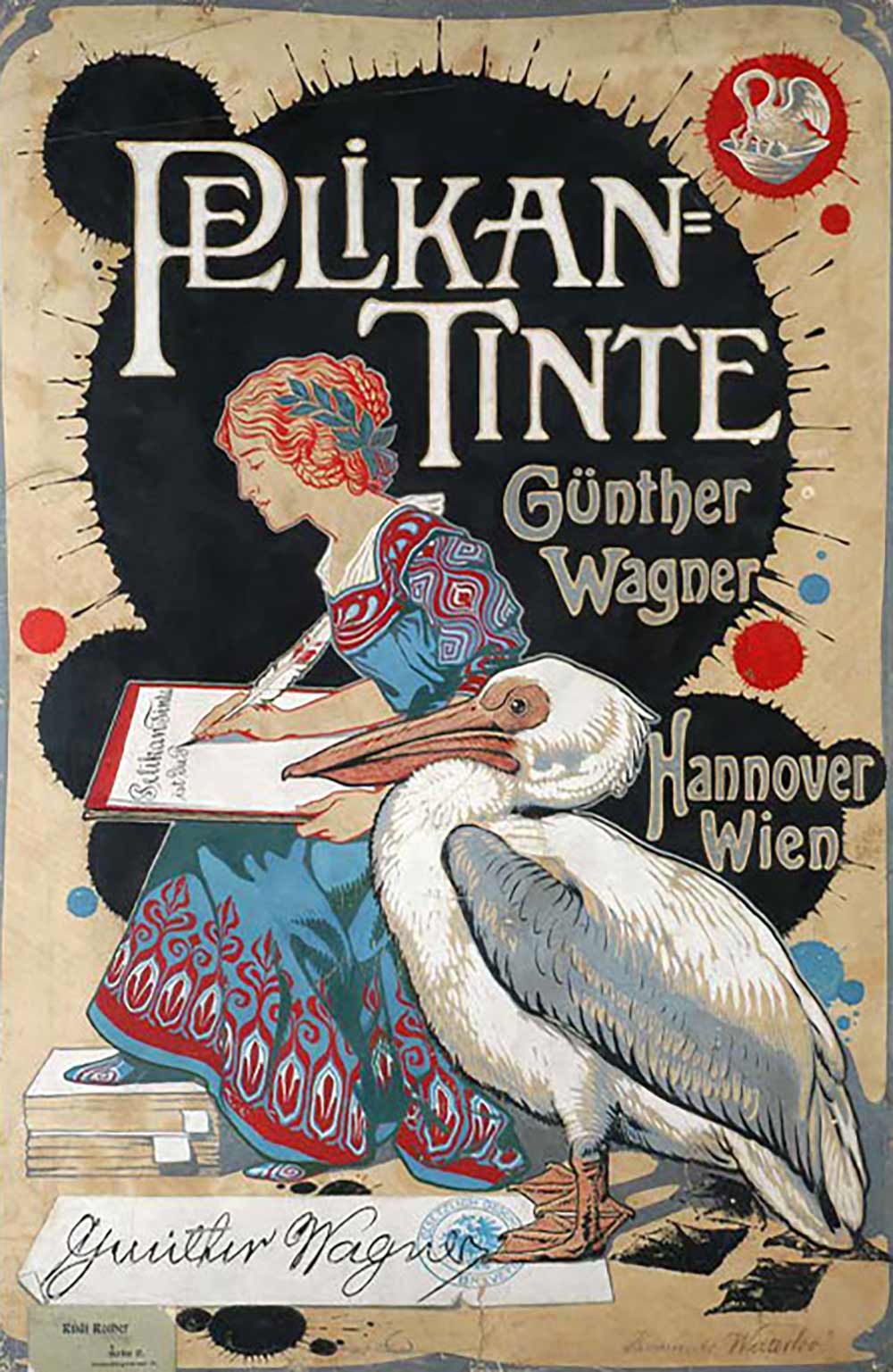
Picture courtesy of Pelikan Tinte Günther Wagner (1903), Dietrich-Urich-Keyser


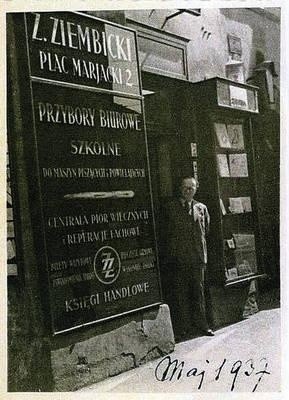
Mr. Z. Ziembicki, outside of his main retail shop in the centre of Krakow, dated May 1937
Pelikan Model 100 Classic Fountain Pen Facts
In addition to the many variants that are known to the Pelikan 100 model, there are also pens which have a mix of selected components. In addition, there are known some other interesting versions including:
- Clip ending in a diamond shape instead of the usual drop shape. Collectors call it “Gdanzk” or Gdańsk production as in today’s Poland.
- Only one cap ring instead of the usual two rings. Some collectors again, call it “Gdanzk or Gdańsk production“.
- Gold ring without clip, from 1930 a ladies’ pen, for better storage in ladies’. handbags. A gold-filled ring instead of a clip was produced.
- Short cap-top (1935-1938), apparently intended for wearing in a closed shirt pocket, the cap is slightly longer than expected, so that the same overall length of the cap is measured, while the length of the clip is remaining the same again.
- Chrome clips, especially in the WWII models, were silver coloured clips.
- 18 carat gold nib, needed for the French market of course, where only nibs made in 18 carat gold could be referred as gold nibs (fact).
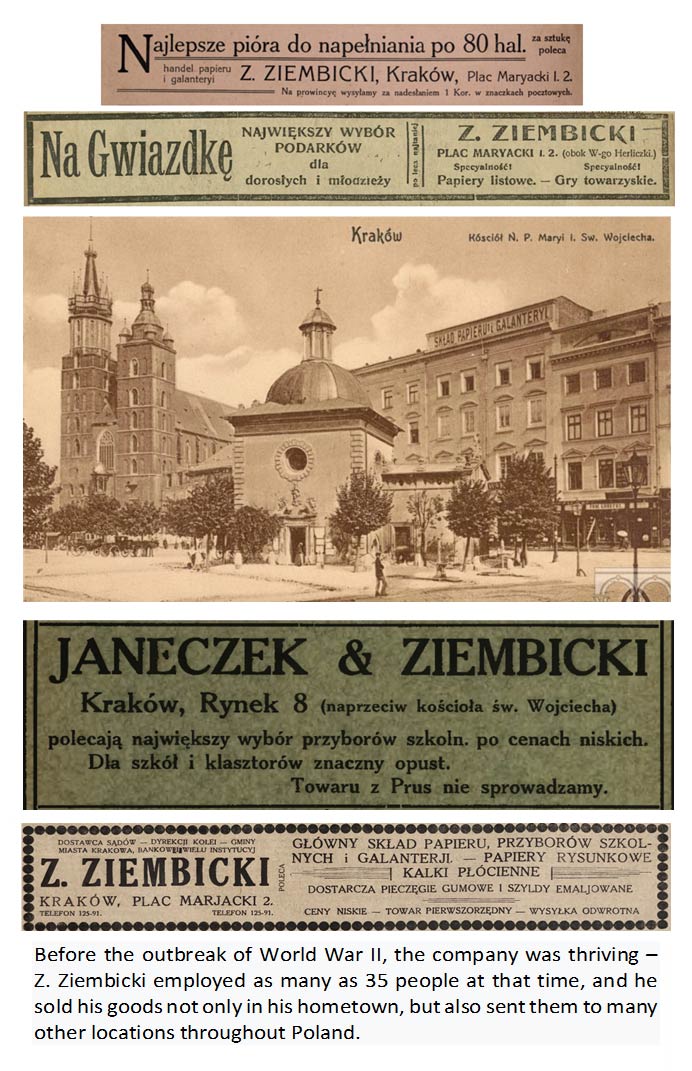
Pelikan 1930-2023 – the fountain pen dynasty then and now
Pelikan Model MK20 (pre-1970), Pelican Model 400NN (1957-64), Pelikan Model M250 (1985) and Pelikan Model 100 Vintage (1930)
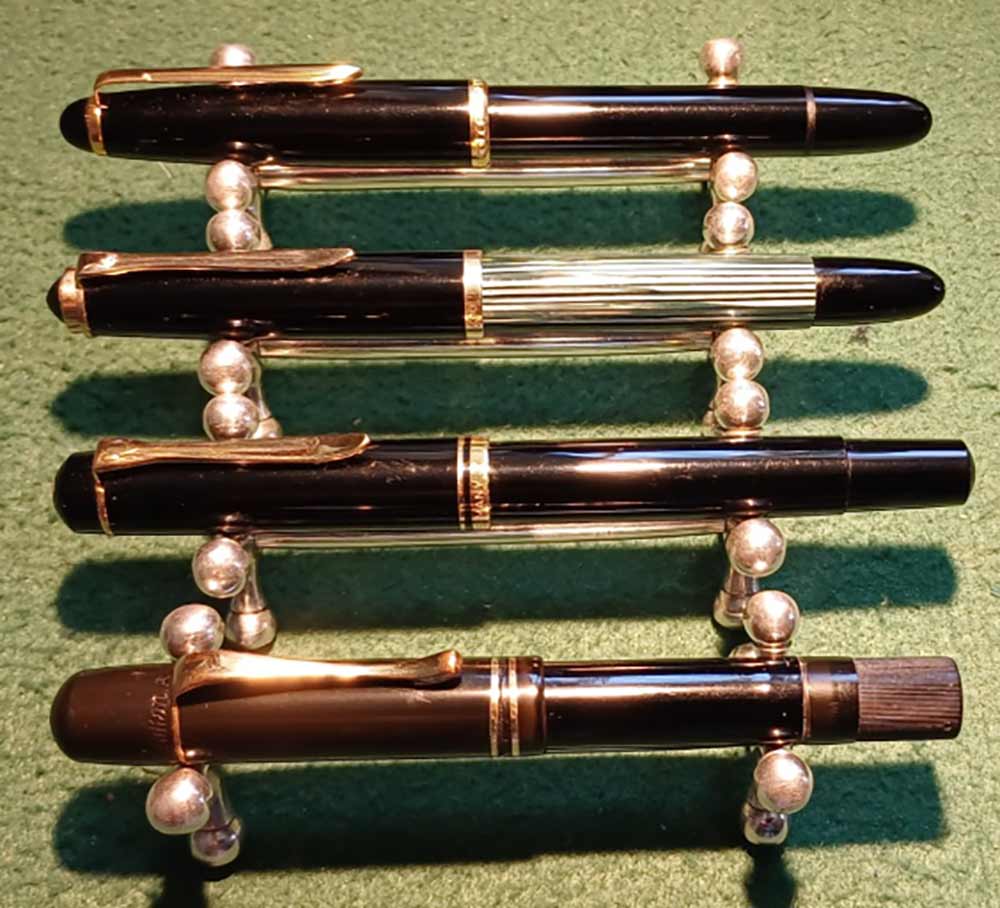
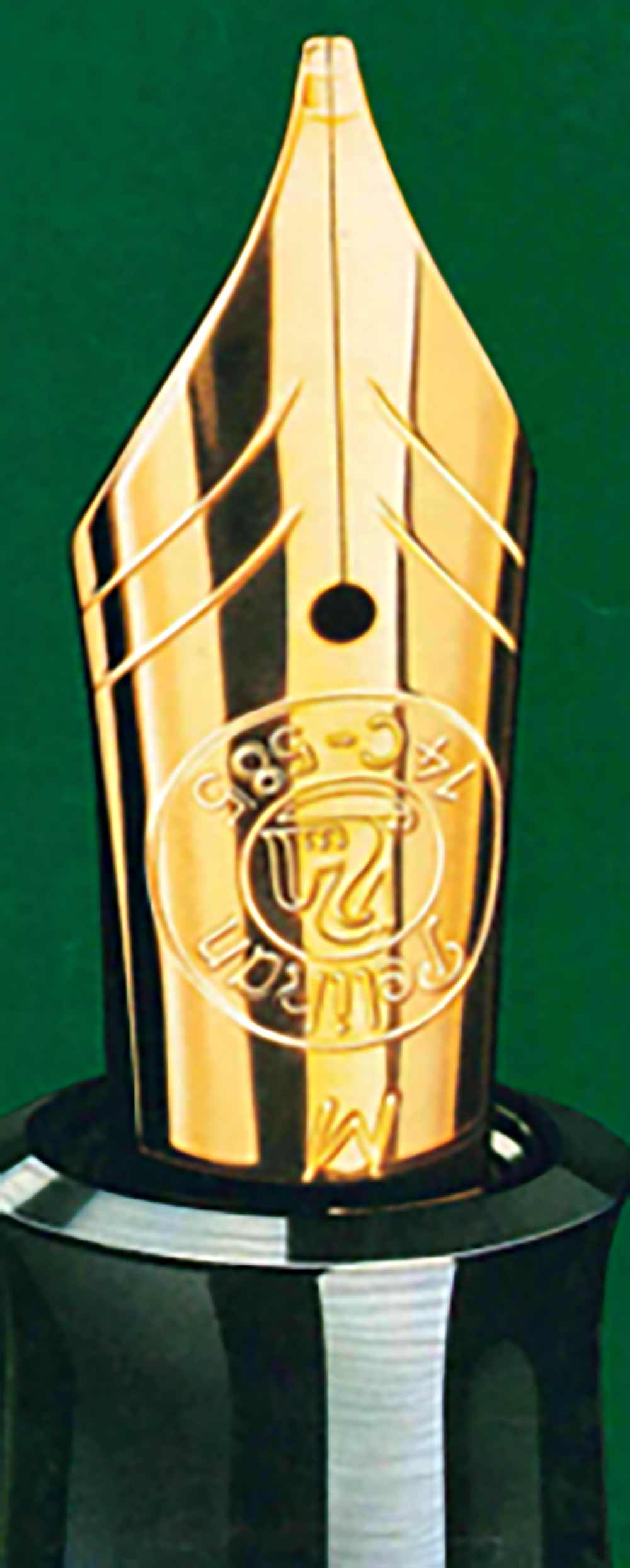
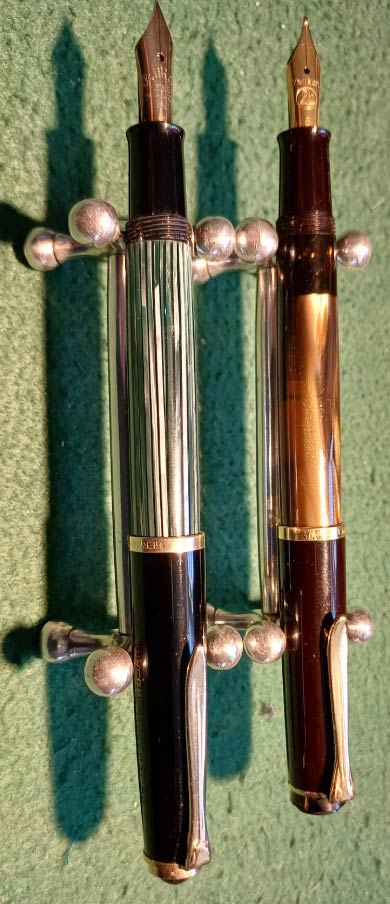
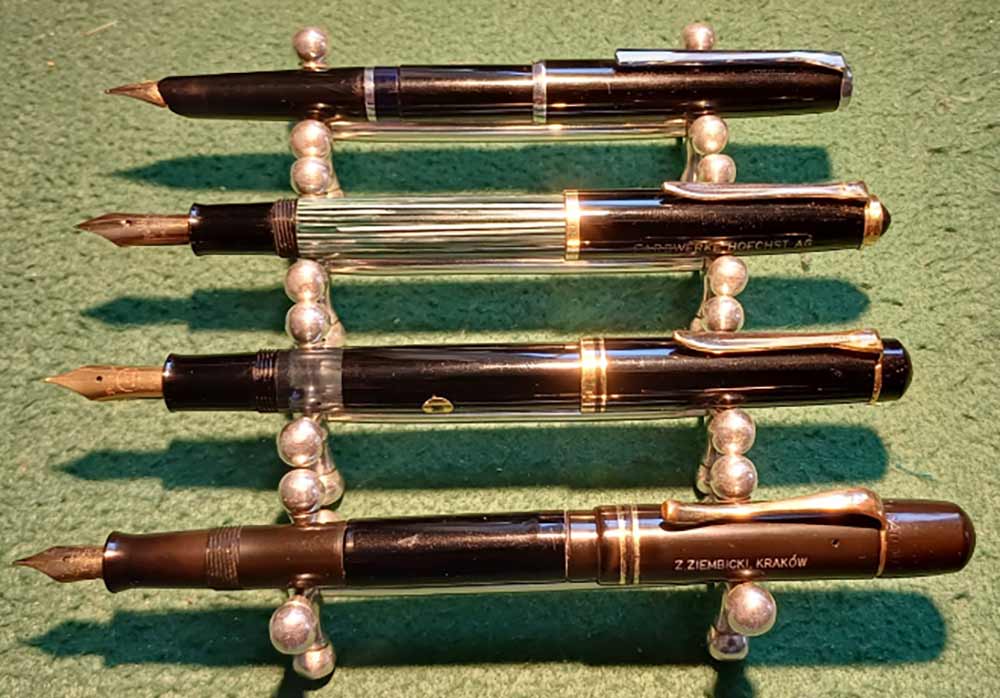
Above on the left:
Pelican Model 400NN (1957-64) and Pelikan Model M200 (2018/23)
Above on the right:
Pelikan Model MK20 (pre-1970), Pelikan Model 400NN (1957-64), Pelikan Model M250 (1985) and Pelikan Model 100 Vintage (1930).
